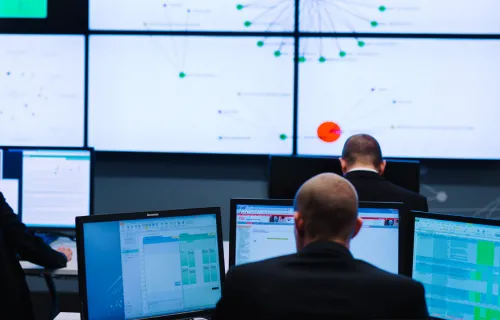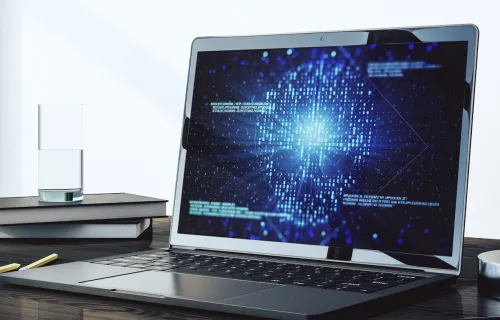In today's ever-evolving cyber landscape, the need for robust cybersecurity measures is more pressing than ever. However, for organizations operating under budget constraints, achieving this goal may seem daunting.
Zero Trust challenges traditional cybersecurity approaches by emphasizing continuous vigilance and assessment. Despite its reputation for being costly and time-intensive, implementing Zero Trust doesn't have to break the bank. By leveraging existing resources and adopting a proactive mindset, organizations can take practical steps toward enhancing their cybersecurity posture within budgetary constraints.
Here's a practical guide, an initial list of basic steps, that agencies can take towards their Zero Trust journey – without breaking the bank:
Embrace the Mindset Shift
- Understand that Zero Trust is not a one-time fix but a continuous journey. It's about adopting a proactive approach to cybersecurity, focusing on constant vigilance, assessment, and authorization.
Leverage Existing Capabilities
- Take stock of the resources and infrastructure already at your disposal. Instead of starting from scratch, look for opportunities to integrate and optimize existing security practices.
Begin with Foundational Steps
- Start by inventorying your assets (identities/users, data, devices, connections)and implementing network segmentation. Establishing visibility and monitoring mechanisms is crucial for detecting and responding to threats effectively.
Prioritize Continuous Authentication and Authorization
- Move away from static security measures and embrace dynamic authentication and authorization mechanisms. This allows you to adapt to evolving threats in real-time. Respond and recover (quickly) is the goal.
Recognize the Evolutionary Nature of Zero Trust
- Understand that Zero Trust is an evolution, not a revolution, in cybersecurity. It is a way of focusing on independent activities (security controls and policies) and bringing them all together, moving the Enterprise from the static mode to the dynamic.
Ensure Software Assurance
- When acquiring software, prioritize trustworthy channels and assess compatibility with the Zero Trust framework. Require visibility with Software Build of Materials (SBOM). Look for solutions that support continuous monitoring and authentication capabilities.
Address Cross-Domain Integration Challenges
- Cross-domain data management in today's data-driven organizations is critical. As systems become increasingly interoperable and relevant data sources increase, managing and integrating data (data at rest and data in-transit), spanning enterprise domains to include inter- and intra-organizational boundaries, is mission essential. Tackling integration challenges by emphasizing network segmentation, policy enforcement, as well as collaboration and governance involving Agency customers and mission partners can address inherent risk factors such as vulnerabilities, privacy, and breaches when sharing data.
Adopt a Proactive Approach
- Cultivate a proactive mindset towards cybersecurity. Encourage continuous improvement and innovation to stay ahead of emerging threats.
Monitor and Measure Progress
- Implement metrics to measure the success of your Zero Trust implementation. Track improvements over time and adjust your strategy as needed.
Educate and Empower Users
- Ensure that all stakeholders understand the importance of Zero Trust and their role in maintaining a secure environment. Provide training and support to empower users to make informed decisions.
By harnessing existing cyber resources, organizations can realize significant financial savings while fortifying their cybersecurity posture. Beyond cost efficiency, leveraging these resources fosters agility and adaptability in addressing evolving threats. It also promotes a culture of innovation and continuous improvement, driving long-term resilience. Moving forward, agencies can maximize their success by prioritizing resource optimization, fostering collaboration between departments, and investing in employee training and awareness programs to ensure sustained cybersecurity effectiveness.





